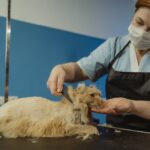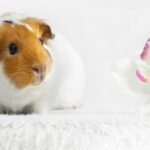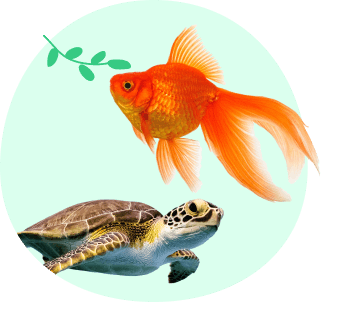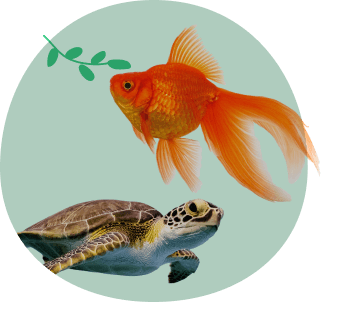Caring for Your Bird’s Beak: A Comprehensive Grooming Approach
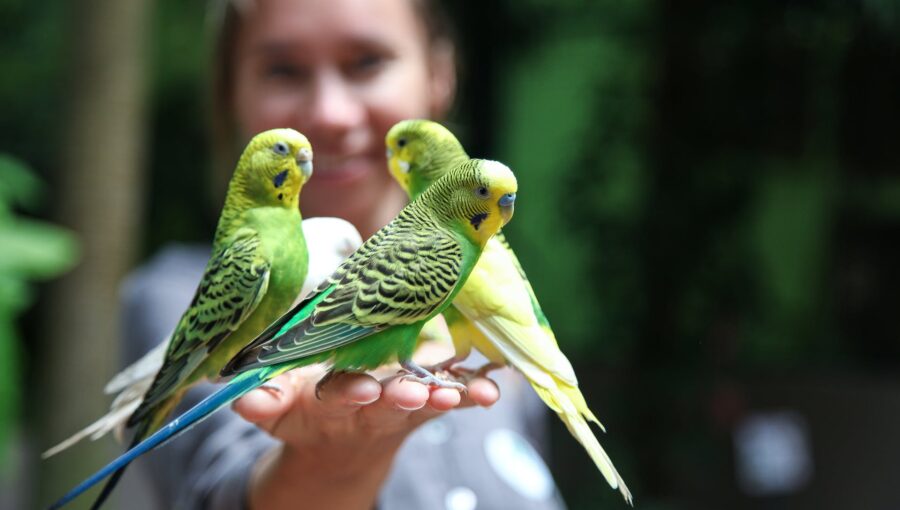 Pexels | Nikita Belokhonov
Pexels | Nikita Belokhonov Understanding the Significance:
A bird’s beak is not just a striking feature; it is a vital component of their overall health. Composed of keratin – the same protein found in human hair and nails – a bird’s beak is continuously growing. Regular grooming is essential to prevent overgrowth, deformities, and ensure the beak remains a functional and healthy part of their anatomy.Diverse Functions of the Beak:
Feeding: The beak is the primary tool for a bird’s feeding activities, from cracking seeds to peeling fruits.
Exploration: Birds use their beaks to explore their environment, manipulating objects and testing various surfaces.
Defense: A well-maintained beak is essential for a bird’s self-defense, helping them ward off potential threats.
Climbing and Perching: Beaks play a role in climbing and perching, aiding in the bird’s overall mobility.
Tools for Beak Grooming:
Safe Chew Toys: Introduce a variety of safe chew toys to stimulate your bird’s natural chewing behavior. These toys not only keep the beak in check but also provide mental and physical enrichment.
Mineral Blocks: Mineral blocks are excellent additions to your bird’s environment. Rich in essential minerals, they contribute to beak health while offering an engaging chewing experience.
Pumice Stones or Cuttlebones: Placing pumice stones or cuttlebones in your bird’s cage serves a dual purpose. It provides a texture that helps naturally wear down the beak and offers a calcium boost.
Fresh Branches or Perches: Including fresh branches or perches in the cage not only mimics a bird’s natural environment but also encourages them to engage in beak maintenance through gnawing and pecking.
Gentle Grooming Tools: For some birds, especially those with specific beak concerns, using gentle grooming tools like a soft toothbrush can help in cleaning and maintaining the beak’s edges. This should be done with care and only if your bird is comfortable with the process.
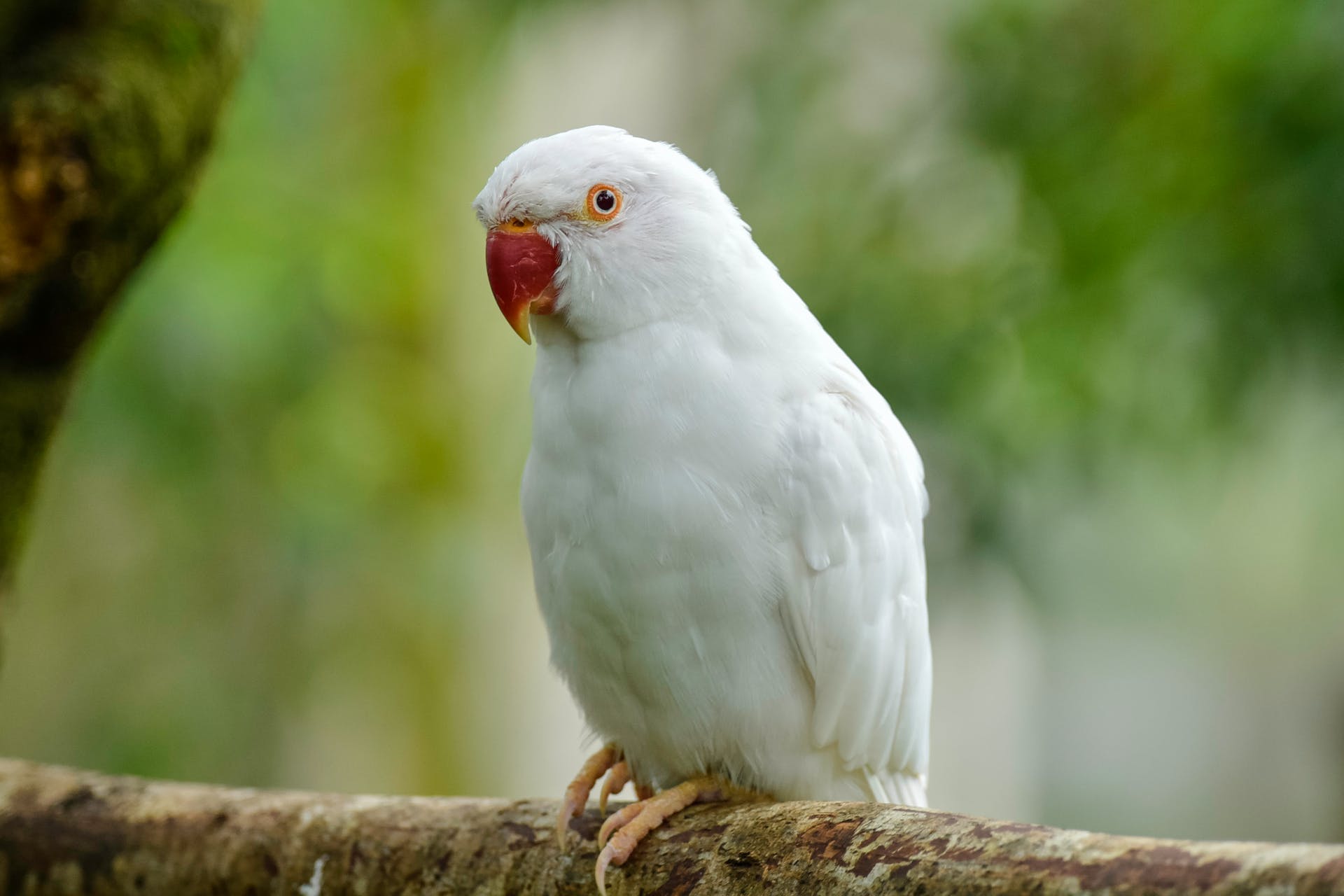 Pexels | Wild Shots Photography
Pexels | Wild Shots Photography Techniques for Beak Grooming:
Regular Observation: Pay close attention to your bird’s beak during routine interactions. Look for signs of overgrowth, deformities, or abnormalities. If you notice anything unusual, consult with a veterinarian for guidance.
Dietary Considerations: Ensure your bird receives a balanced and nutritious diet. A well-balanced diet supports overall health, including beak condition. Include a mix of pellets, fresh fruits, vegetables, and seeds suitable for your bird’s species.
Professional Grooming: In some cases, professional grooming may be necessary, especially if your bird’s beak requires more than routine maintenance. A veterinarian experienced in avian care can provide guidance on the appropriate measures.
Avoiding Beak Trimming at Home: Unlike nails, beaks should not be trimmed at home unless directed by a professional. Attempting to trim a bird’s beak without proper knowledge can lead to injury and stress.
Conclusion:
Caring for your bird’s beak is an integral part of ensuring their overall health and happiness. By incorporating a diverse range of grooming tools, providing a stimulating environment, and maintaining a balanced diet, you contribute to the well-being of this essential avian feature. Regular observation and, when needed, consultation with a veterinarian will help you tailor your approach to meet the specific needs of your feathered companion. Remember, a well-cared-for beak not only enhances your bird’s physical health but also enriches their daily experiences, allowing them to express their natural behaviors with vigor and vitality.